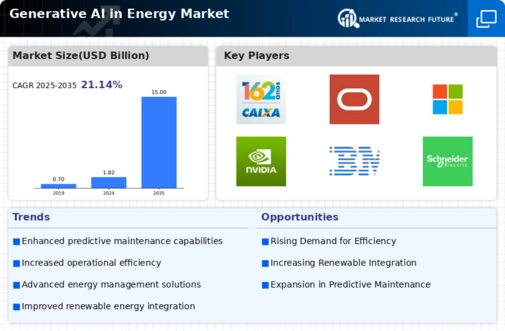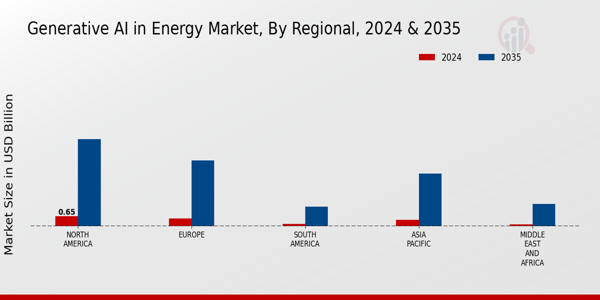Market Trends
Key Emerging Trends in the Generative AI in Energy Market
Generative AI, a cutting-edge technology, has been making significant strides in various industries, including the energy sector. In recent years, market trends indicate a growing adoption of generative AI solutions in the energy market, promising transformative changes and enhanced efficiencies. One notable trend is the utilization of generative AI algorithms for optimizing energy production and distribution processes. These algorithms analyze vast amounts of data, ranging from weather patterns to demand forecasts, to generate optimal strategies for energy generation, storage, and distribution. By leveraging generative AI, energy companies can fine-tune their operations, minimize waste, and maximize output, ultimately leading to cost savings and improved sustainability.
Another emerging trend in the energy market is the application of generative AI in predictive maintenance. Equipment failure and downtime can be costly for energy infrastructure, causing disruptions and financial losses. Generative AI algorithms can predict potential equipment failures by analyzing historical data and identifying patterns indicative of impending malfunctions. This proactive approach allows energy companies to schedule maintenance activities efficiently, minimizing downtime and optimizing asset utilization. Moreover, by implementing predictive maintenance powered by generative AI, companies can extend the lifespan of their equipment, reducing the need for frequent replacements and lowering overall operational costs
Furthermore, generative AI is revolutionizing energy efficiency initiatives through the development of intelligent systems and devices. Smart grids, for example, leverage generative AI algorithms to optimize energy distribution and consumption in real-time. These systems analyze data from sensors embedded in infrastructure and consumer devices to dynamically adjust energy flows based on demand, availability, and pricing signals. By optimizing energy usage at both macro and micro levels, generative AI-driven smart grids contribute to a more resilient and sustainable energy ecosystem, reducing waste and greenhouse gas emissions.
In addition to operational efficiency improvements, generative AI is driving innovation in renewable energy technologies. One notable trend is the use of generative AI for the design and optimization of solar panels, wind turbines, and other renewable energy systems. By simulating various configurations and environmental conditions, generative AI algorithms can identify optimal designs that maximize energy capture and efficiency. This iterative design process accelerates innovation in renewable energy technology, making clean energy sources more competitive and accessible.
Moreover, generative AI is facilitating advancements in energy storage solutions, a critical component of transitioning to renewable energy sources. By analyzing consumption patterns and grid dynamics, generative AI algorithms can optimize the operation of energy storage systems, such as batteries and pumped hydro storage. These algorithms determine the most efficient times to charge and discharge energy storage units, balancing supply and demand fluctuations to ensure grid stability and reliability. As renewable energy sources become more prevalent, the role of energy storage in maintaining grid resilience grows, making generative AI-driven optimization crucial for maximizing the effectiveness of storage infrastructure.















Leave a Comment